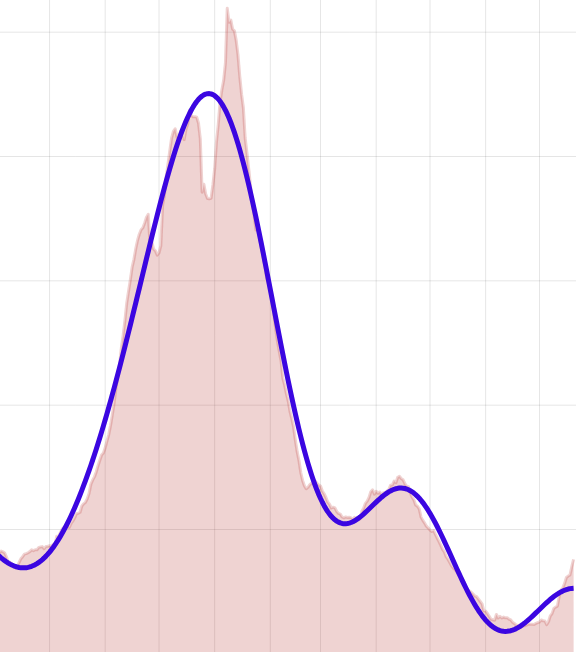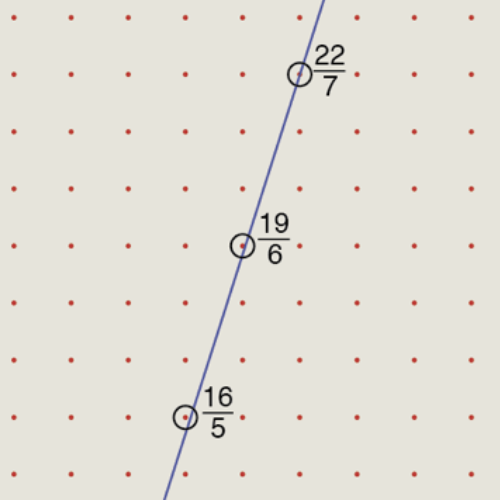The Control Room
by Brian Hayes
Published 26 April 2009
My “Computing Science” column in the new issue of American Scientist looks at economics—including the current malaise—through the lens of control theory. This is not a new idea. The Keynesian prescription for smoothing out cycles of boom and bust is essentially an application of feedback control, although Keynes himself never described it that way. By the late 1940s the connection became explicit, as economists and control engineers worked together to refine tools for taming the business cycle. The two disciplines had another flirtation in the 1970s. Economists today seem less enthusiastic about methods borrowed from control theory, but they have certainly not given up on the aim of bringing the economy under control. In the past six months governments and central banks have intervened on a scale never seen before, all in an effort to “stimulate” economic recovery.
I’ll let the column itself tell the rest of this story; here I would just like to add a a couple of personal reminiscences about control engineering as seen by an interested outside observer.
Over the years I’ve had the opportunity to visit a lot of control rooms—at oil refineries, power plants, steel mills, railroad switch yards, sewage-treatment plants, particle accelerators, observatories, Internet operations centers. They’re not all exactly alike, but they do seem to share a common architecture, and also aspects of a common culture. For example, standard control-room iconography shows normally running machinery in red, whereas stopped or faulty equipment is green—the opposite of what you might guess after a lifetime of exposure to traffic lights. Years ago most control rooms had a “mimic board”—a long wall covered with a schematic diagram of the plant, festooned with gauges and switches and indicator lights. Now the operators are more likely to sit at ordinary computer screens. (I do hope they’re not watching YouTube videos while the reactor melts down.)
Two control rooms at the same plant—a paper mill in Catawba, South Carolina—serve to frame my impressions.
One of those rooms was in charge of a papermaking machine, a stupendous contraption the size of a football stadium, which takes in a slush of digested trees at one end and delivers huge reels of pristine white paper at the other end, with the sheet of paper-to-be threading between banks of steel rollers at a rate of more than 60 kilometers per hour. The control room for the paper machine was a calm and laid-back place. I sat with an engineer for an hour or so, talking about the thundering machinery outside the soundproofed booth, and all the while keeping an eye on the display screen in front of us. The indicators hardly budged the whole time. One key set of sensors in the papermaking process monitors the thickness of the moving sheet; if the thickness varies from the set point, a correction is made by blowing either warm or cool air onto one of the steel rolls. The temperature change causes the roll to expand or contract very slightly, and thus to squeeze the sheet a little more or less tightly. This is a subtle adjustment. Here’s what I wrote about it at the time:
It should be noted that the overall control strategy in papermaking is to operate the machine in a stable, steady-state condition. Blowing hot air on a steel roll cannot effect a large or a rapid change in the roll’s diameter; in the vocabulary of control theory, the actuators for this system have only limited authority. The limitation is intentional. The paper machine must run continuously for long periods, and changes in its state are designed to be gradual and confined to narrow bounds.
The other memorable control room at the Catawba mill was in the powerhouse, where boilers generate steam needed throughout the plant, as well as electricity. The main fuel for the boilers is “black liquor,” a strange watery brew created in the digesters that leach lignin and other kinds of organic gunk out of the wood. Black liquor is not a particularly good fuel, but the plant has to get rid of the stuff anyway, so burning it makes sense. But because of wide variations in the caloric value of the liquor, the boilers are hard to control. The first thing I noticed when I sat down with an operator in the powerhouse control room was that all the finish had been rubbed off one area of the console, surrounding a button whose label had also been rubbed away. I soon learned the function of that button: It silenced the alarm buzzer that sounds whenever some parameter wanders out of bounds. On the day of my visit, the buzzer was going off every minute or two. The operator displayed a well-developed Pavlovian reflex, slapping the silence button in milliseconds every time the buzzer sounded. Then he would turn to the screen, find the cause of the problem, and make some adjustment to fix it. Thus the powerhouse control room was a much busier place, and the mood was tense. If I had been doing that job, I’d have been ready for a beer at the end of my shift.
Somewhere in the bowels of the Treasury Department or the Federal Reserve (or maybe the World Bank), there must be a control room where operators at glowing screens watch the ebb and flow of money and make adjustments when some economic parameter strays from the set point. I wonder about the mood of that room. Is it one of those placid, hushed working environments, where controllers gently nudge the system back toward equilibrium? Or are they batting at buzzers all day?
Responses from readers:
Please note: The bit-player website is no longer equipped to accept and publish comments from readers, but the author is still eager to hear from you. Send comments, criticism, compliments, or corrections to brian@bit-player.org.
Publication history
First publication: 26 April 2009
Converted to Eleventy framework: 22 April 2025




Valve actuators are really needed for complex tasks in the high power market.If the load requires accurate positioning, the electric actuators as well as the valve actuators has the advantage among others.That is why,to familiarize yourself in this kind of industrial application , knowing how an automation works is a wisely action and will positively keep us in track.